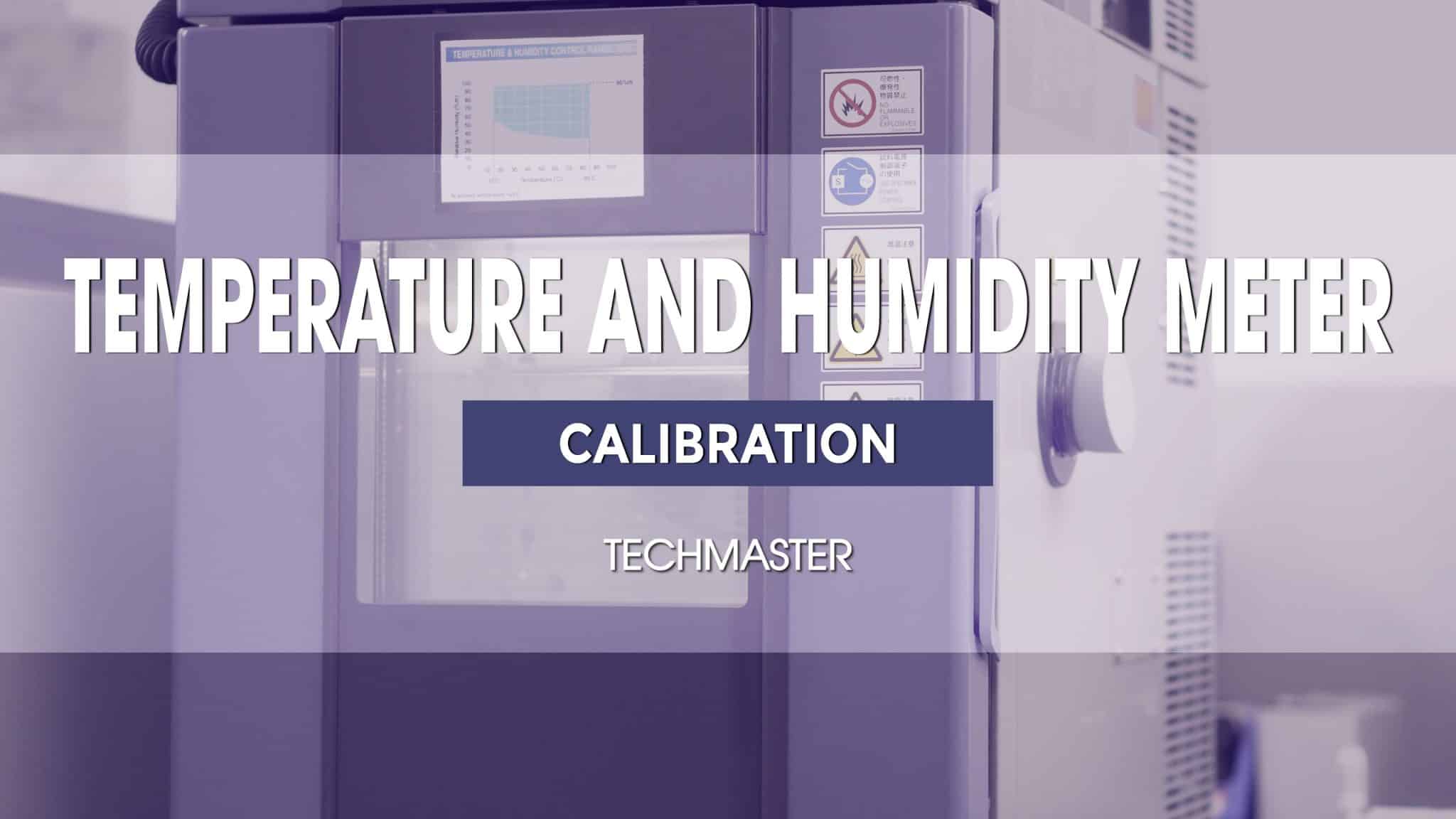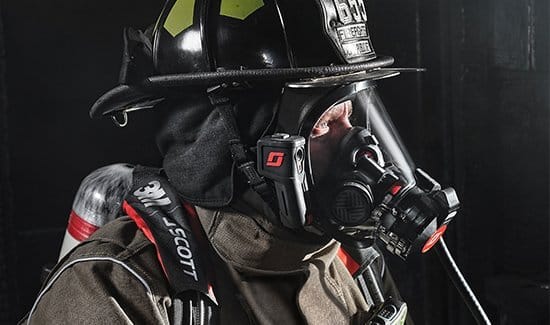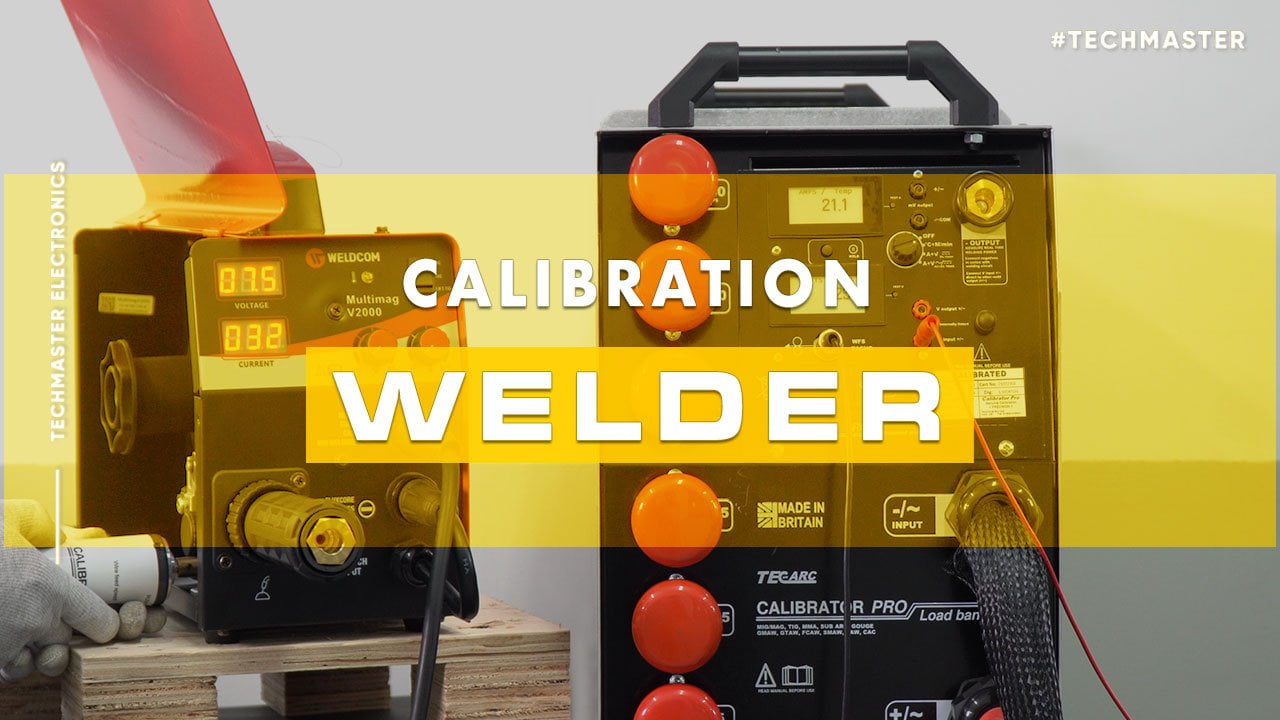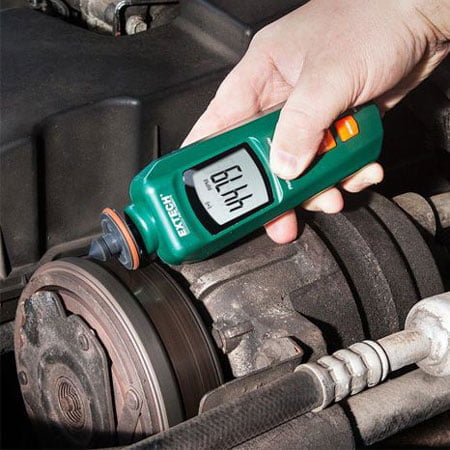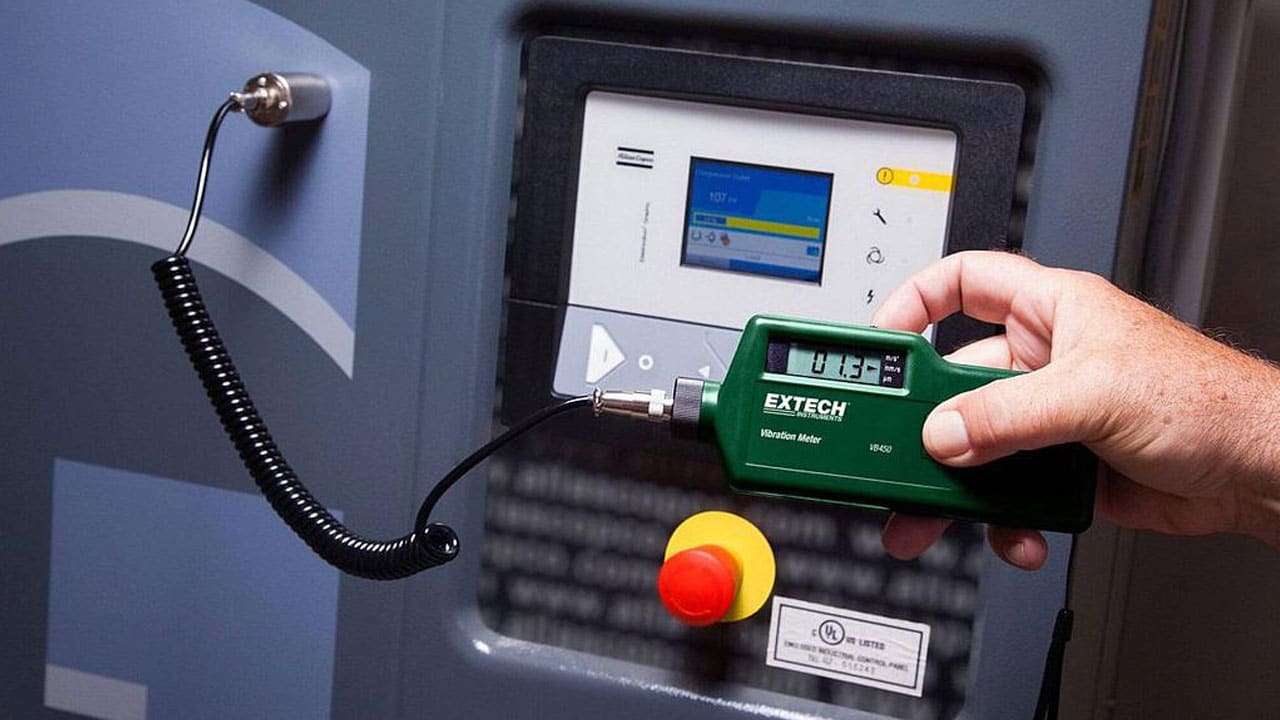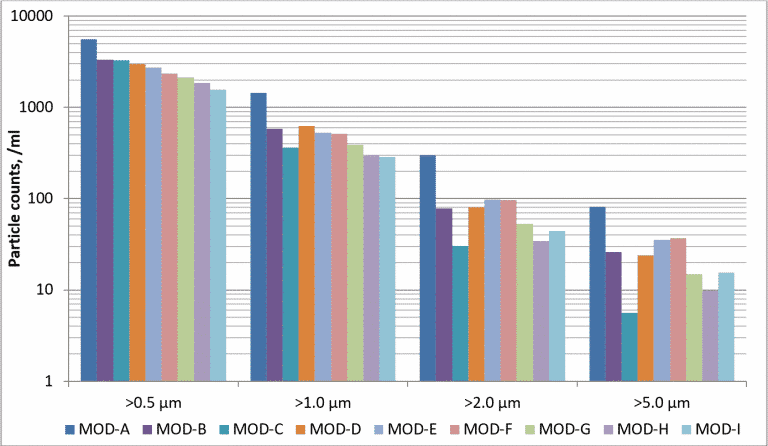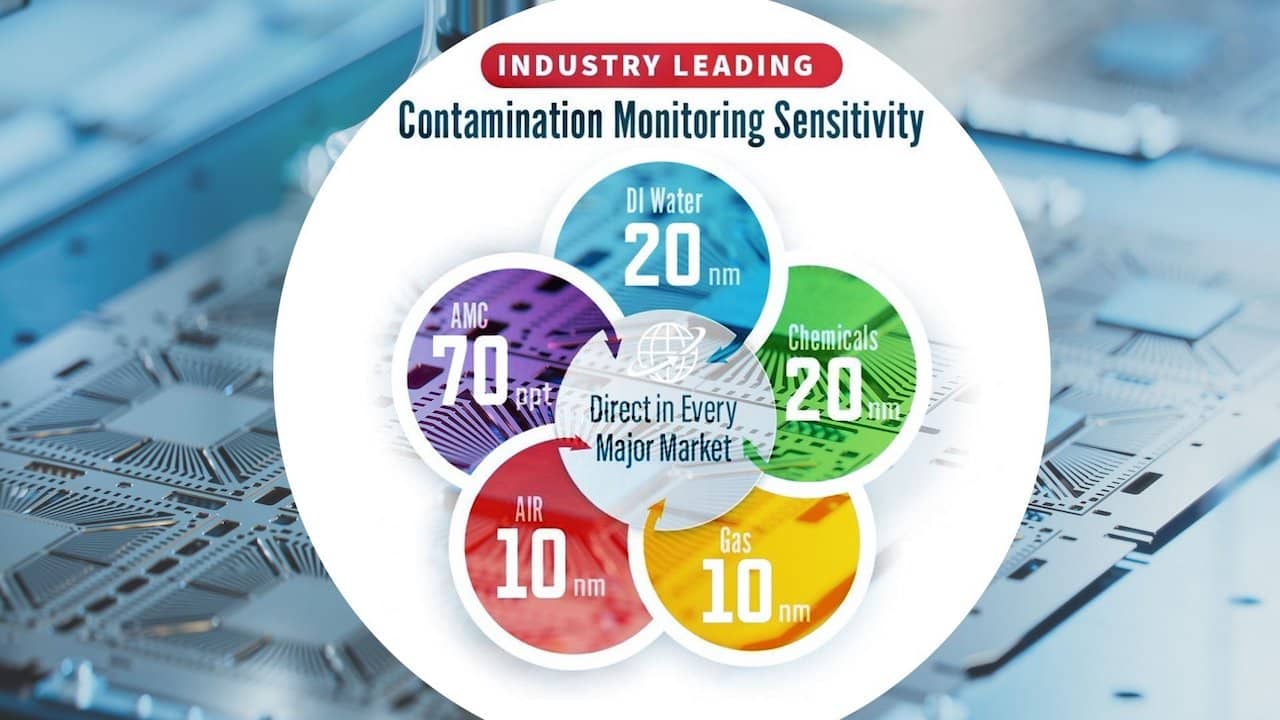Temperature And Humidity Meter is a device that measures the environment temperature & humidity. This equipment is used in industrial production, medical facilities, cold storage, storage warehouses, buildings and even in households. Calibrate the Temperature And Humidity Meter to ensure it’s always efficient.
After assessing the temperature and humidity, we can actively adjust the product production process or control the environment, avoiding the risk of damaging end-product and materials. We will introduce the Temperature And Humidity Meter Calibration Process
1. Scope of procedure
| Unit Under Test Characteristics | Performance Range | Performance method |
|
Temperature Humidity |
(-30 ÷ 140)°C (Up to) 95%RH |
Comparison to reference temperature & humidity meter. |
2. Standard and supporting device
– Temperature & humidity generator: chamber ESPEC, KIMO, MEMMERT or equivalent
– Reference temperature & humidity meter VAISALA or equivalent with accuracy better than 3 times UUT.
– DC Power Supply AGILENT, read out Multi-meter FLUKE (mA, V) or equivalent.
– Small camera may need to be put inside of chamber if the meter didn’t have logging function and the chamber don’t have view through window.
3. Environment conditions
Temperature: (20 ÷ 28)oC
Relative Humidity: (30 ÷ 70)%RH
4. Preparation
– Connect UUT to suitable power and turn on.
– UUT that use graph paper, select and use correct type of paper supplied with UUT.
– Turn on chamber, allow warm-up at least 10 minutes or follow manufacturer’s instructions.
– Technician must be familiar with calibration techniques and the operator manual of the UUT being calibrated, and the chamber being used.
5. Perform
5.1 Temperature & Humidity Meter
– Put UUT’s sensor, probe in the chamber or whole UUT into the chamber if it has internal sensor type.
– Turn on reference meter, put the sensor inside the chamber through small hole located at sides of chamber. Close that hole by using accessories supply by maker.
– If there were no customer’s requirement, perform calibration temperature function first.
– Follow chamber manufacturer’s manual, set up temperature test points.
– The humidity generate function may turn off in this process. Turn on camera and connect to the computer for visual record, in case needed.
– Waiting for UUT and reference meter reading are stable. Record 5 consecutive measurement results.
– Continue for remain temperature test points.
– For humidity test, the set point of temperature should be set up from 20oC up to 40oC, follow to the chamber manufacturer’s manual. Then each humidity test point can be set up and easily to reach.
– Waiting for UUT and reference meter reading are stable. Record and compare measured values.
– Continue for remain humidity test points.
– Calibration completed, set temperature of chamber back to room temperature.
– Stop running mode of chamber, take out all UUT and reference sensor, and turn off chamber.
5.2 Temperature & Humidity Logger, Graph
– Using same procedure at item 5.1.
– The UUT need to set up for logging before test. The interval of each logging is 1 minutes. Software and USB cable may be supplied from the customer.
– For Thermo-Hygrograph, specific recording paper need to be supplied from customer. This type of paper must be match exactly for each UUT model.
– After all test points are finished, stop running mode of chamber, take out all UUT and reference sensor, and turn off chamber.
– Connect UUT to the computer, record measured value by software. Compare to reference meter readings at stable period measuring.
– For Thermo-Hygrograph, compare values of recording paper to reference measuring device.
5.3 Temperature & Humidity Transmitter
– Using same procedure at item 5.1. If UUT didn’t have indicator and power, a suitable DC power supply and Multi-meter (mA or V meter, depend on signal output of UUT).
– Connect UUT to suitable power, or use DC power supply, then turn on.
– Based on UUT’ signal range and connection wiring, use multi-meter to measure and convert signal to temperature & humidity:
• Example, transmitter 0-10VDC with temperature range from 0~50oC, output signal measured value is 7.5VDC, that converted to 37.5oC for temperature.
• Example, transmitter 4-20mA with humidity range from 0~100%RH, output signal measured value is 16mA, that converted to 75%RH for humidity.
– Put the sensor of UUT inside the chamber and follow procedure at 5.1 for setting test points and record stable reading of UUT and reference meter.
6. Tolerance
– Tolerance given by the customer will be applied for all measurement, unless otherwise provisions.
– If the customer does not offer any rule, the specifications of manufacturer or other source of reference will be used.
– If not, the tolerance of the equipment will be ± 1°C and 5%RH for whole measuring range.

